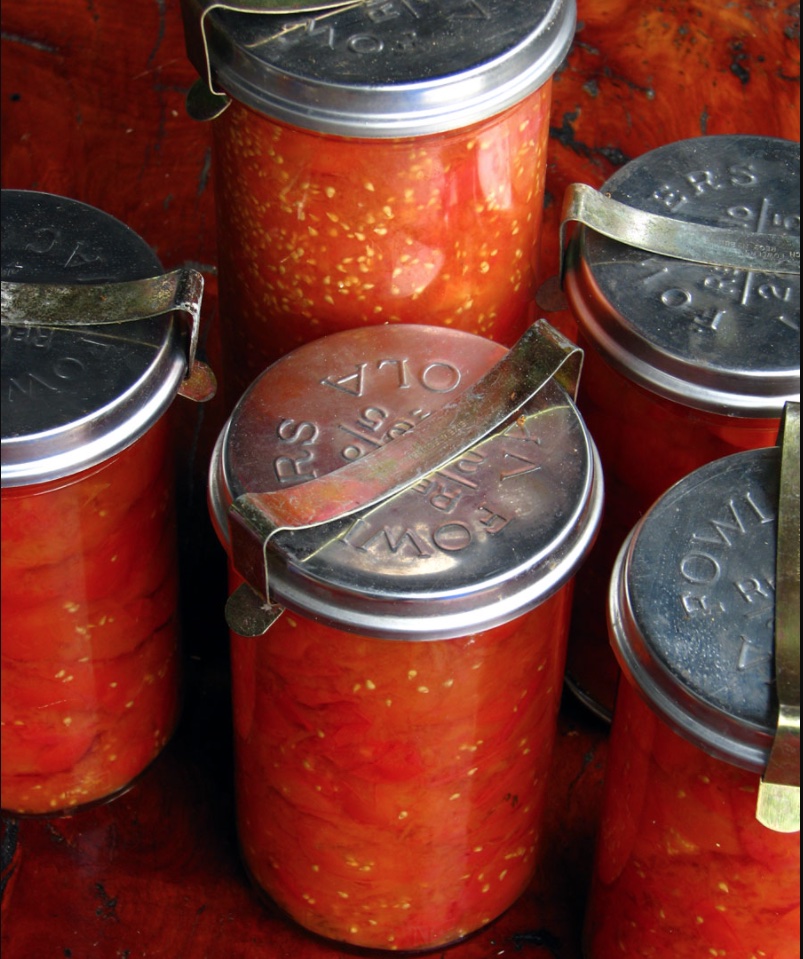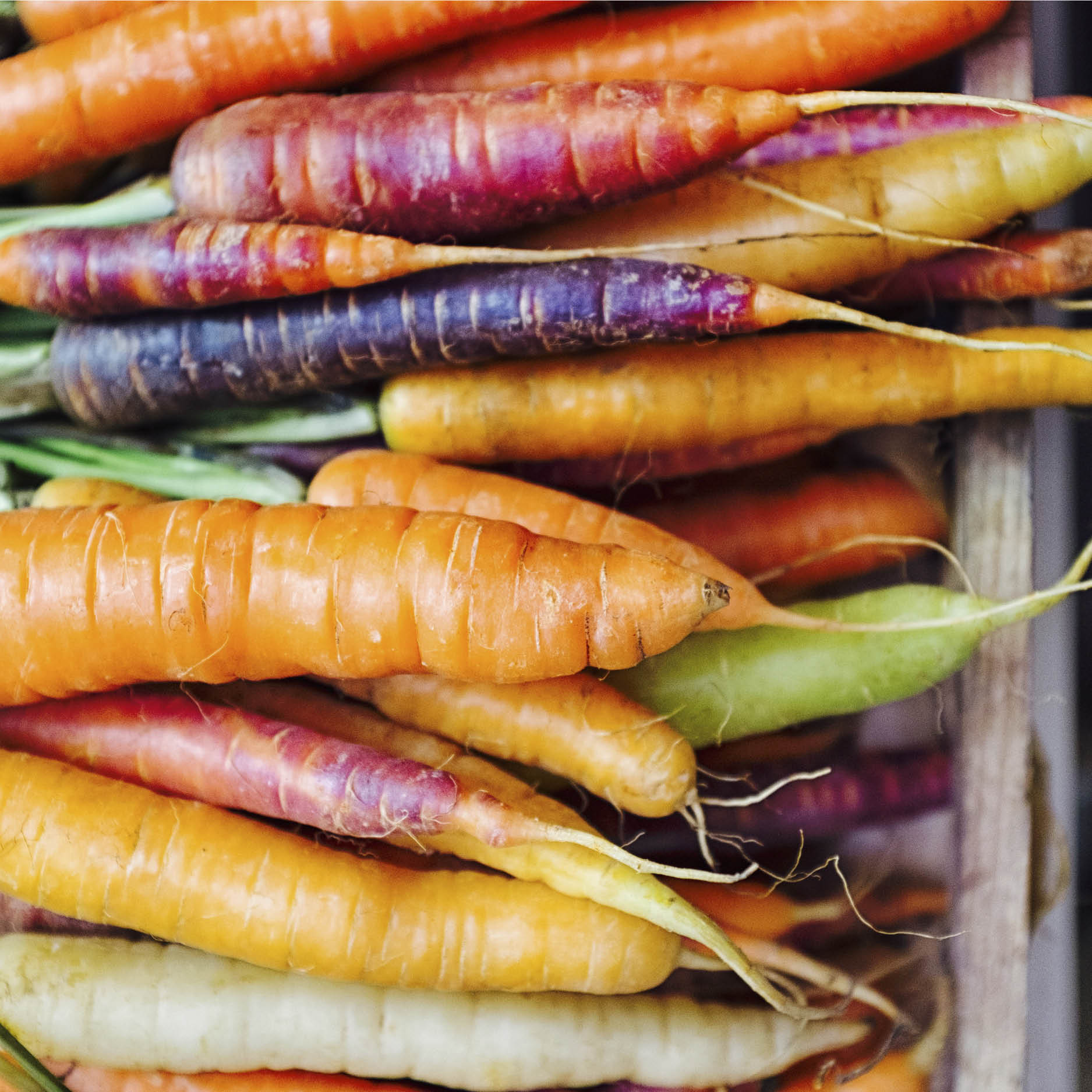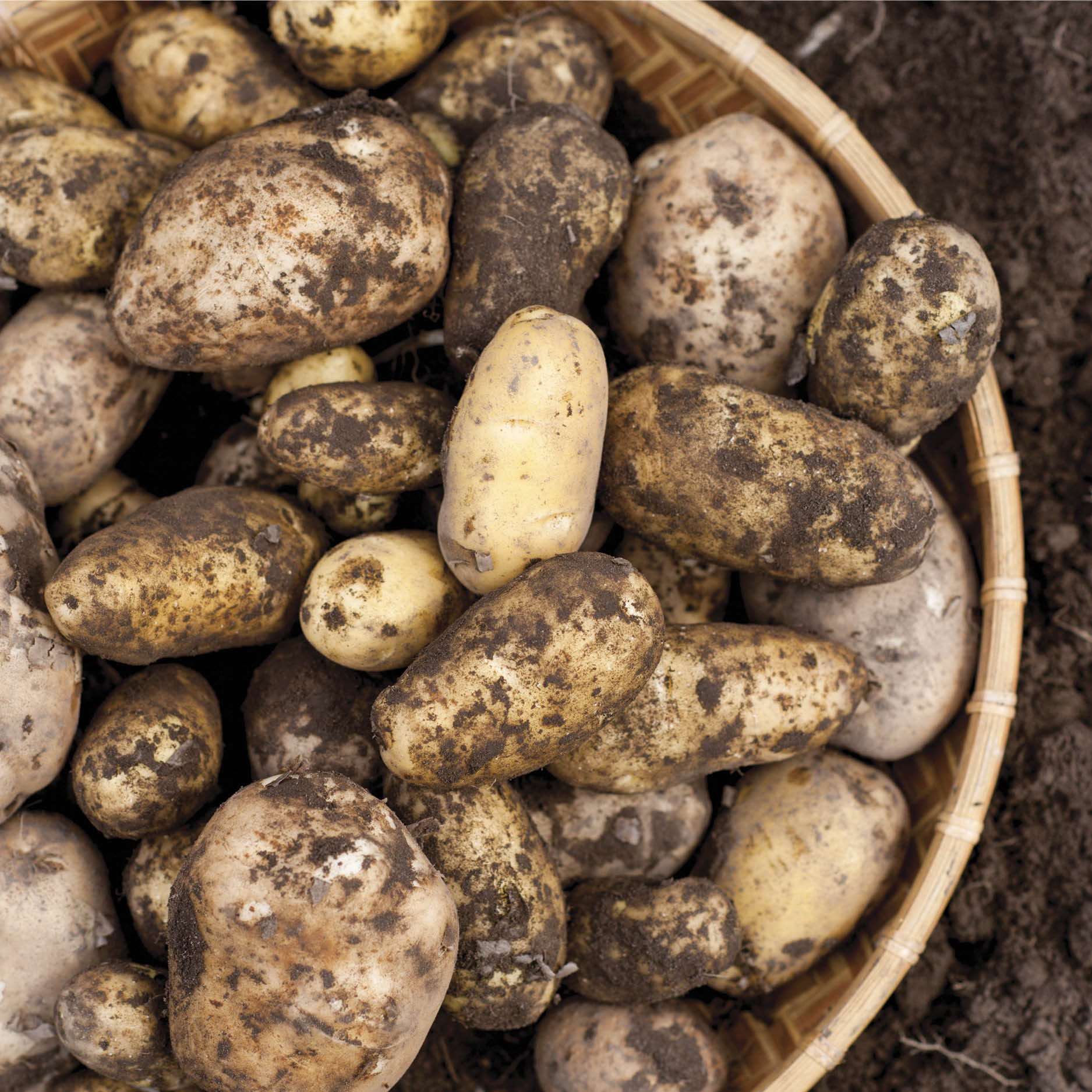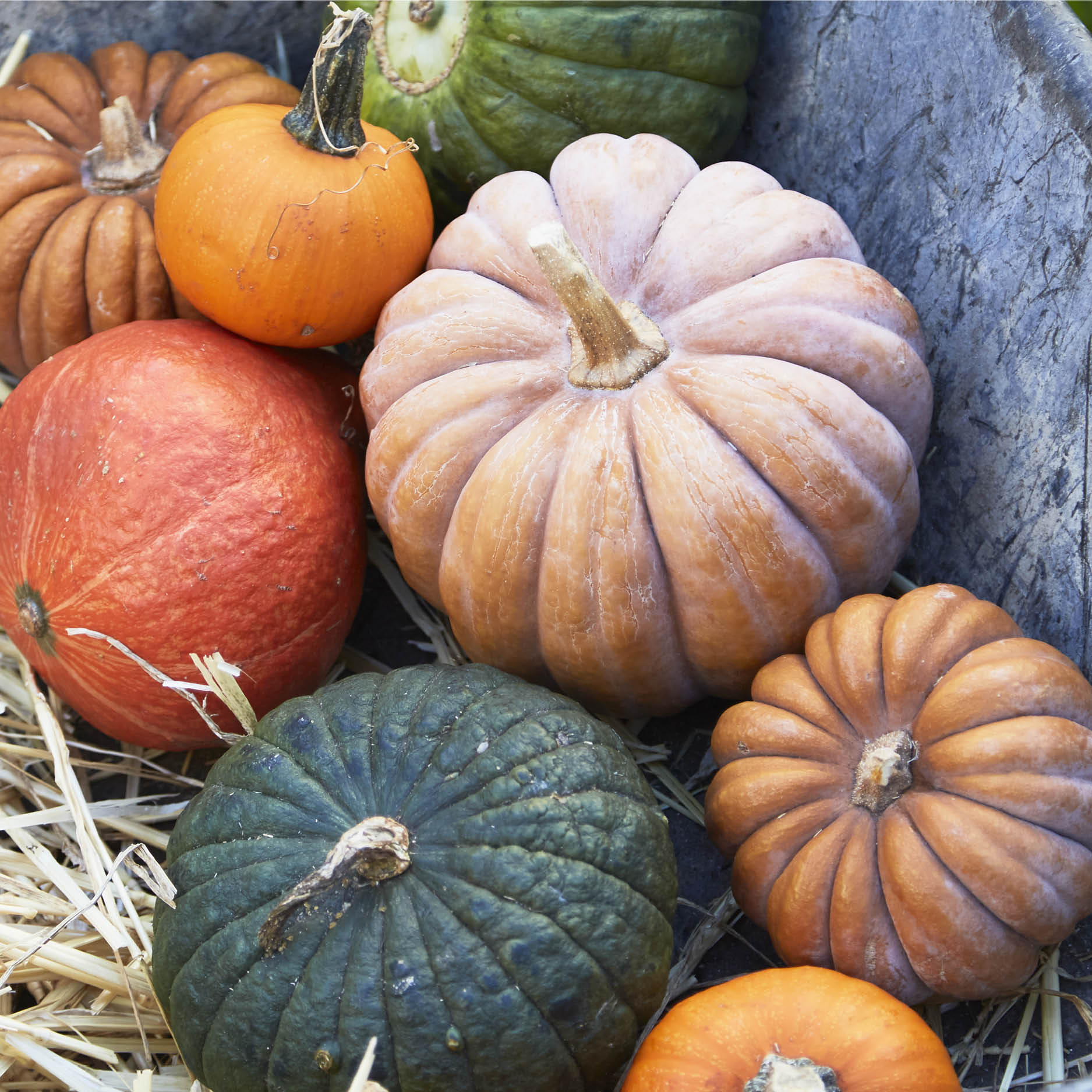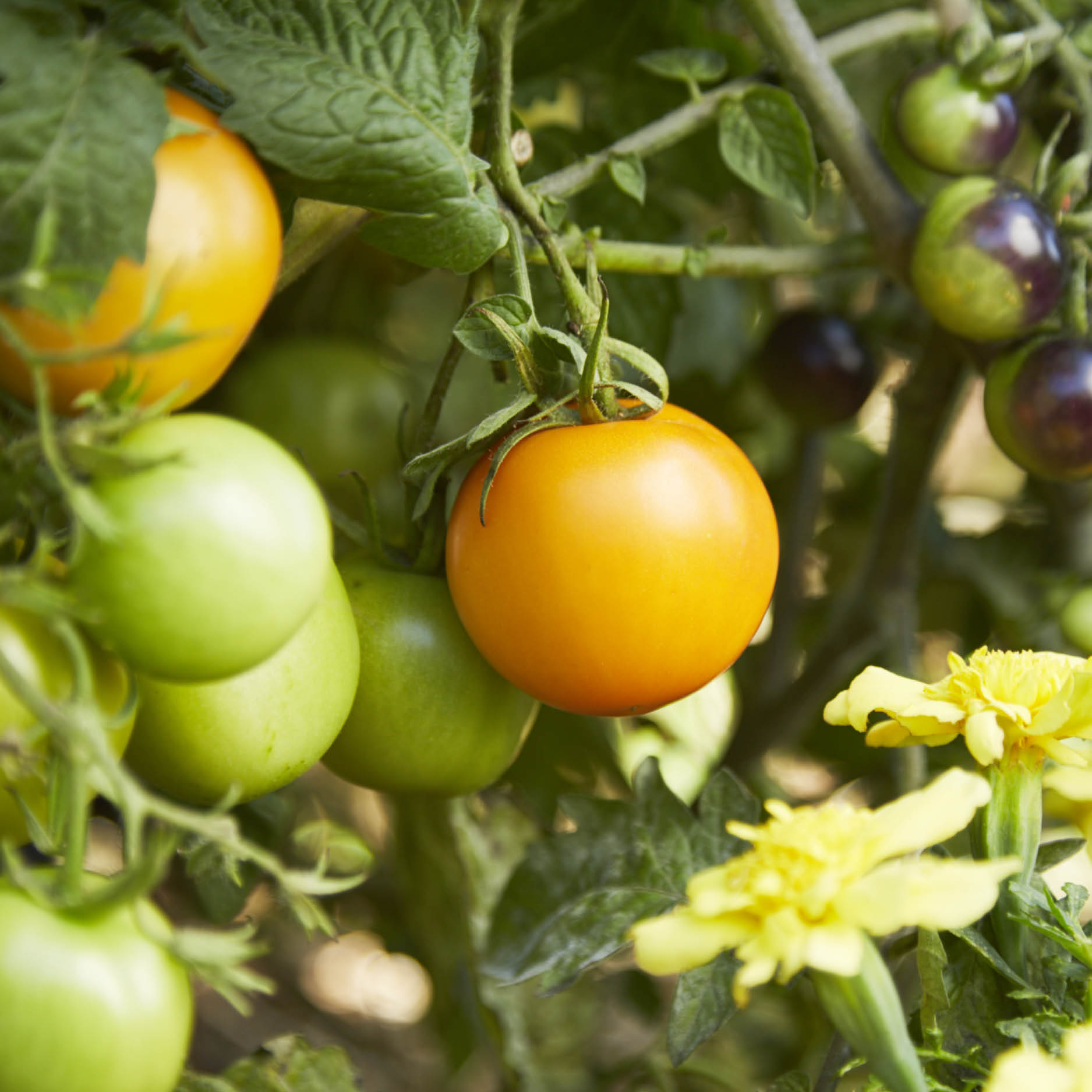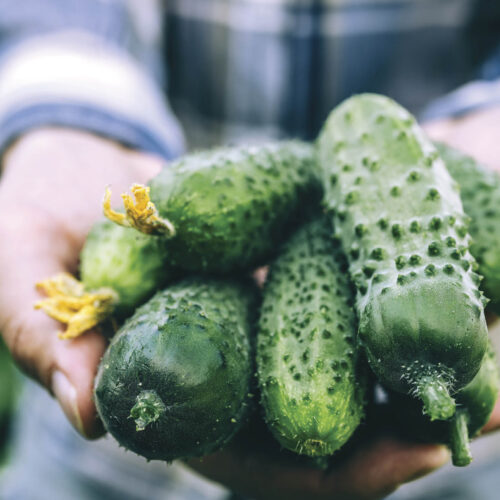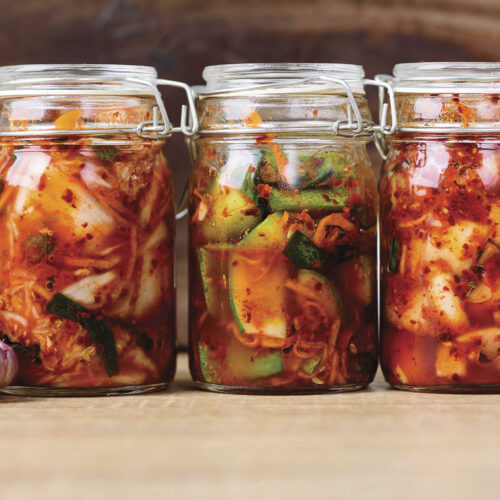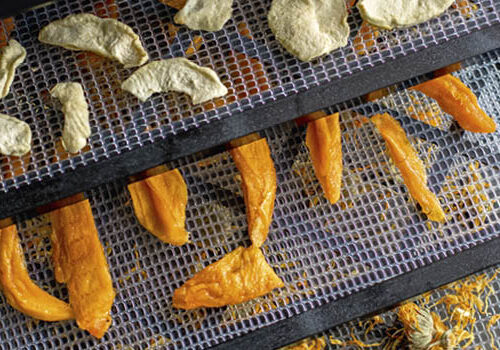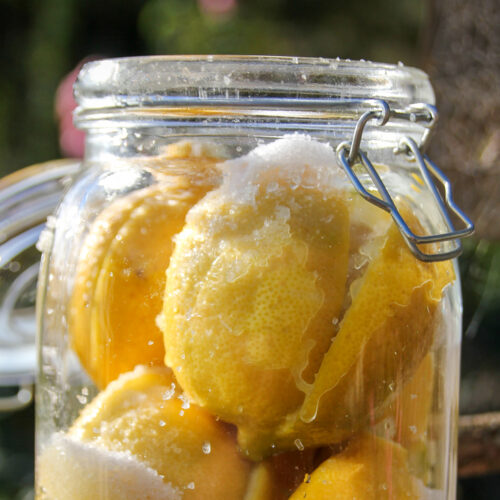Storing harvests for winter
2022-01-10T00:49:52+11:00
Linda Cockburn writes about different ways to preserve your summer harvests, such as tomatoes, so you can keep on enjoying the results of all your hard work in winter.
After having some absolute bumper harvests, I’ve been scratching my head and seeking out ever more diverse meal ideas featuring our surplus apples, tomatoes, carrots and potatoes. I’ve also been pondering how to keep excess produce long-term using low-energy technologies. Most importantly, my efforts need to elicit more yums than yuks from the family when it comes to dinner time. When it winter comes around, what’s the best way in storing harvests from my summer crops?
Moulds, bacteria, yeasts and microorganisms need moisture, oxygen, food and a suitable temperature to succeed, remove one of these requirements and you have created an unfriendly environment that will temporarily suspend or slow their activity. Natural methods of food preservation are a challenging aspect in warmer climates or climates with rapidly fluctuating temperatures. The most obvious method would be to freeze produce, but this uses a lot of energy.
The answer to many of my storage questions was simple: keep them in their own skins. Many vegetables have thick, protective skins that, in the right conditions, allow them to last many months – in some cases years. Here are some tips on how to store your surplus crops and keep eating them into the colder months.
Pumpkins
Allow the fruit to mature until the vine withers. Fully matured fruit are sun-hardened, giving them tough, rot-resistant skins. Pumpkins do not ripen further once cut and there is a risk of pale tasteless flesh if harvested too early. When harvesting, cut off as long a piece of stalk – ‘handle’ or ‘petiole’ – as possible. The pumpkin will quickly deteriorate if the handle drops off, so avoid lifting the pumpkin by it. To avoid spreading rot, store pumpkins so they do not touch each other. Keep them in a cool, dry area. Varieties that keep well include Queensland Blue, butternut or any of the X Cucurbita maxima X varieties. Fruits with undamaged skins will last up to six months and provide a reliable and adaptable ingredient for many winter meals. Remember, once you start using the pumpkins, the seeds can be eaten or kept for next season’s crop, especially if from heirlooms.
Potatoes
How do you avoid your spuds developing legs and trying to climb out of their sack? To prevent sprouting during long-term storage, commercially-grown potato plants in Australia are often treated with the chemical growth retardants maleic hydrazide or chlorpropham. Both have health and safety data sheets that raise the hairs on the back of your neck and are another good reason to grow your own and be prepared to put up with knocking a few sprouts off your potatoes at the end of the potato year. However, there are techniques for keeping potatoes in good shape while stored.
Researchers have found that storing harvests of potatoes with dried lavender, sage and rosemary naturally suppresses sprouting and inhibits bacteria that can lead to storage rot.
There is also an age-old cool-climate method of storing most root crops, especially potatoes, called clamping. The soil temperature in warmer climates won’t be sufficiently cool enough for this. Clamping involves finding a metre or so of well-drained ground, laying out a thick bed of dry, clean straw, and then stacking unwashed potatoes into a cone shape on the straw. Allow the potatoes to ‘sweat’ (transpire) for half a day then cover the pile with another thick layer of straw. Enclosing the pile with chicken wire will prevent rats and mice eating your produce. Dig a trench around the pile, using the soil to thickly cover it. Tamp it down well with the back of a space to create a firm barrier. The cone shape helps shed rainwater.
There are other inventive storage ideas. Last year, we gave new life to a broken, abandoned freezer by lying it on its back, filling it with layers of straw and potatoes and propping the door open an inch or two to allow moisture to escape.
Root cellaring is a term commonly used in America and refers to storing harvests of vegetables in a cool, dry and dark place. For those in temperate climates you don’t need a cellar; a gloomy shed and a hessian sack will do. The aim is to allow air circulation, a cool environment and protection from direct light.
Onions and garlic
Onions and garlic are very much self-help plants – they not only store well but they grow their own ‘rope’ for you to tie or plait them together and then hang from a hook, such as from a roof beam. Allow plenty of air circulation. If you’re a knot-challenged type such as me, you can cut the stems several inches above the onions, place them in old pantyhose and hang those instead.
Onions store longer if fed with low-nitrogen flower and fruit fertilisers. Nitrogen stimulates growth of softer tissue which is unsuited to long-term storage. This goes for most plants destined for storing harvests. It’s time to harvest onions you’ve marked out for storage when the leaves have died back. Lift them carefully from the ground and allow them to dry in the sun for a week to 10 days or until their skins dry to the point that they ‘rustle’, then tie the stems together. Only store healthy looking onions, free of injury. If in doubt, leave them out, as rot quickly spreads.
As a general rule, sweet onions don’t store as well as their more pungent cousins. It’s best to eat the shorter-keeping varieties like Galadan White first and leave Creamgold, Palma Yellow Globe, Hunter River Brown and other long keepers for a later date.
Tomatoes
Having lived so long in Queensland before moving to Tasmania, I never thought I’d see thousands of fruit fly-free tomatoes weighing down bushes and crowding refrigerator shelves. With easily over 120kg of tomatoes harvested before winter, I’ve had to get experimental about storage. I started by using our Fowler’s preserving system to bottle them whole. This is fairly energy-efficient as it involves our old wood-fired stovetop which simultaneously heats water and warms the house, but the process is very time consuming.
My partner Trev took another tack for storing harvests, drying the tomatoes by halving them and laying them out on a gauze sheet in a wooden frame with a pane of glass laid on top to help trap the heat, then placing the lot in the hothouse for extra warmth. Other inventive drying methods involve placing them on a tray on the back window ledge of the car where their aroma permeates the cabin. I’ve also tried stringing together cherry tomato halves in necklaces and suspending them in the stove’s warming drawer. It works well, as does putting them in the slow combustion oven and leaving the door partially open till they are semi dry. Trev then whips them into airtight jars and covers them with garlic and herb-seasoned olive oil.
Note also that the last straggling tomato plants can be pulled up with the green fruit left on the vine. Hang them in a dry spot and they will eventually ripen, extending your season for fresh tomatoes. We have enough tomatoes to make plenty of winter casseroles, pastas, pizzas and soups. There are many ways to use simple solar techniques to dry food and many websites dedicated to showing you how. Try a web-search with key words ‘build your own solar dryer’.
Chillies can be strung up similarly to the tomatoes and dried whole. Once thoroughly dried out, put them through the food processor till finely ground and use as cayenne pepper. Of course, you can also use them fresh to make your own delicious chilli sauce.
Carrots
If you can spare the garden space, carrots will keep well in the ground. If not, harvest the carrots but twist or cut off the greenery without damaging the carrot, as the foliage draws out moisture and will leave a withered, floppy specimen. For storing harvests, place the carrots on a layer of untreated sand or sawdust in deep trays, containers or even waxed cardboard boxes. Make sure each carrot is separated from its neighbours with sand/sawdust. Cover successive layers with sand/sawdust until your container is full. They will keep like this for months in cool climates.
Beans
Borlotti, red kidney, navy, cannelloni, garbanzo beans (chickpeas) and other drying beans are an excellent source of protein. We grow them using seed from commercially available varieties. A 375g bag will provide 10 times that amount of home grown dried beans and once soaked and cooked, they will provide a potential 12 kilos of nutritious food. Allow the pods to thoroughly dry on the bush before shelling and storing harvests in airtight containers. Add a bay leaf inside the top of the jar to deter weevils. Our beans are destined for stews, Mexican dishes and our favourite garlicky hummus.
Nuts
Nuts are another excellent source of protein and amino acids and there are sure to be some suited to your climate. Nuts, of course, can be left in their shells until required. A key factor in how fast nuts turn rancid is the proportion of polyunsaturated fats they contain. The higher the proportion, the quicker they go off. First to decline is the walnut, then pecan, brazil nut, peanut, almond, pistachio and hazelnut. Kept in their shells, in airtight jars and in a cool spot, you can expect up to a year of storage without them going rancid. However, eventually oxidation and hydrolysis will have the final say and the nut you bite into will have a sour or off taste.
Apples
Apples can be stored for several months at 4.5°C before becoming floury and tasteless. They can also be dried. This year we engaged our son in a marathon effort of peeling and coring hundreds of apples with an efficient apple peeler and slicer, and stringing them up in a warm spot to dry before storing harvests in airtight jars. They can be reconstituted later or chewed on as is.
If you live in an apartment and have no other choice, a fridge crisper (standard temperature 4°C) can be used for storage, but wrap root crops and fruits such as apples and pears in canvas (or equivalent) bags.
Eating in-season
While good storage and preserving methods will extend the eating season for many foods, humans can’t expect to eat everything all-year-round without having a huge personal environmental debt. Seasons aren’t just about climatic changes, day lengths and whether we’re playing cricket or football, it’s about the food we’re eating, and the anticipation of a favourite seasonal food coming around and that first bite straight off the plant.
This blog was first published in 2009.

